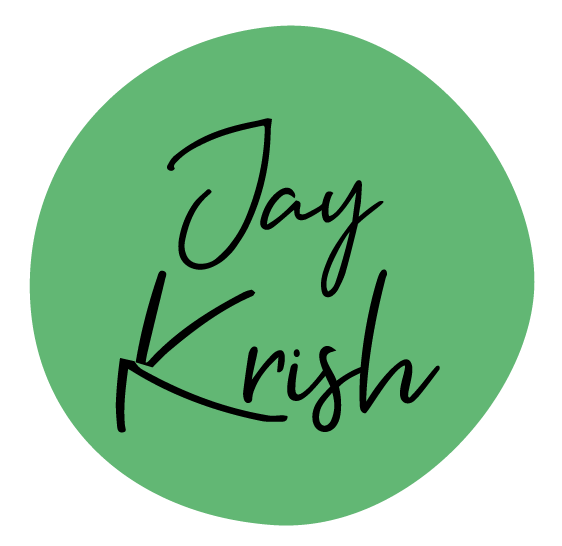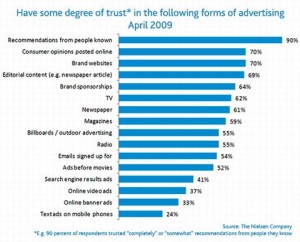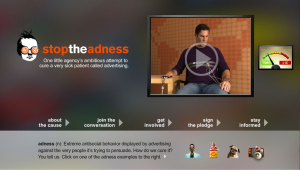Alright. To tell you the honest, brutal truth: I like this ad. It was amazingly shot, focused on a singular message and stirred the emotion. Ads like these are few and far in between in Malaysia, but it does seem that this piece of communication is a global effort coming from Shangri-La International.
Allow me, if I may, to repeat myself: I like this ad. However, nothing is perfect and it does present a few flaws.
- The idea of a man freezing to death may not resonate with Malaysians. We are the type of people who drive up to Genting just to escape the heat if you know what I mean.
- Equating Shangri-La’s hospitality with a pack of very friendly (and not surprisingly hungry) wolves is quite risky. It’s like saying “Shangri-La is intimidating at first, but we’re alright up close”.
- The person in the ad – someone who’s lost in the arctic wilderness on his own – may not represent the kind of clientèle that Shangri-La is aiming for.
And most importantly is this:
- The ad ends with this line: “To Embrace a Stranger as One’s Own. It’s In Our Nature. Brilliant, tactful and neatly encapsulates the storyline. But can they really, I mean really live up to the claim? This idea, which was conjured by the agency and fine-tuned by the marketing department is a general idea of the kind of hospitality one will receive upon stepping into the lobby of a Shangri-La. But will the bell boys and servers and housekeeping staff across the entire Shangri-La of the world embrace this level of service to its guests?
It’s easy to make a claim. But for a hotel chain as big as Shang, I think it would be a tough one to live up to. Can they guarantee that out of the thousands of guests they welcome, not even one will leave discontented?
Yup. I didn’t think so either.



